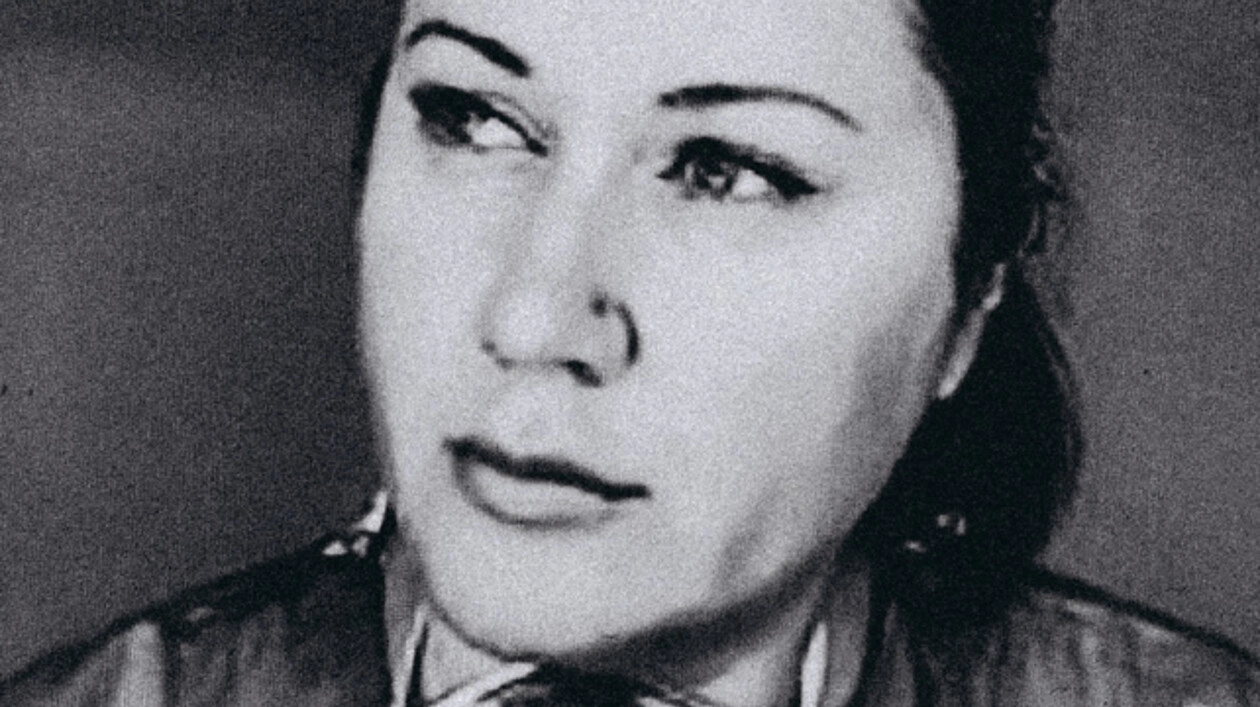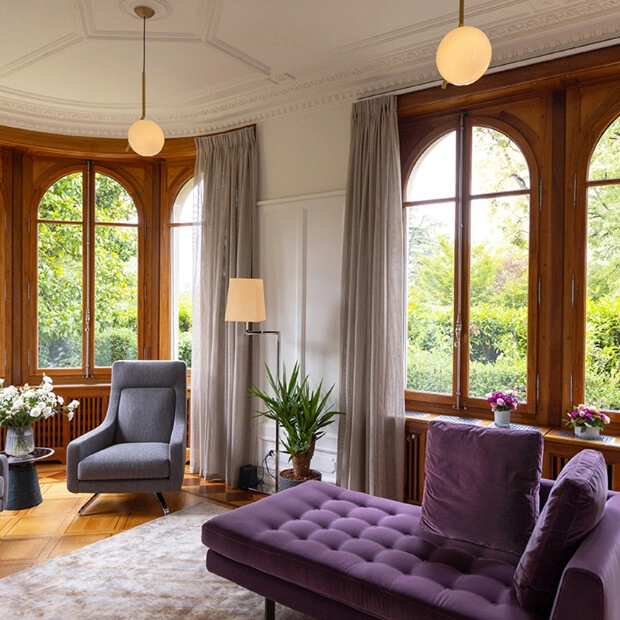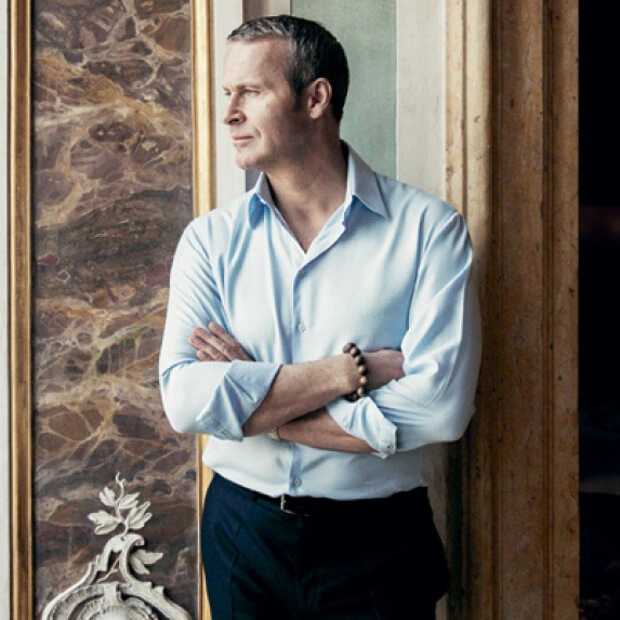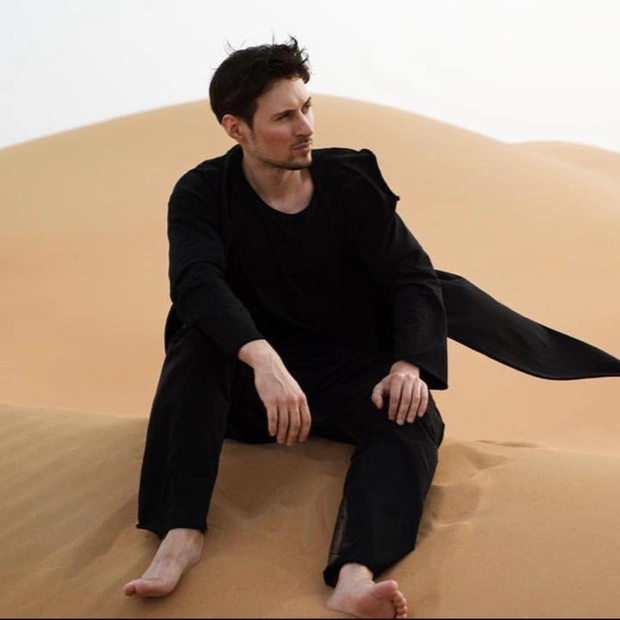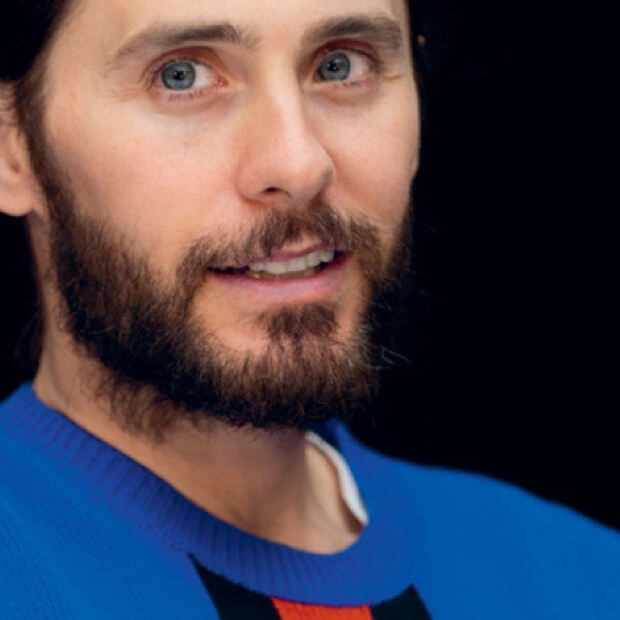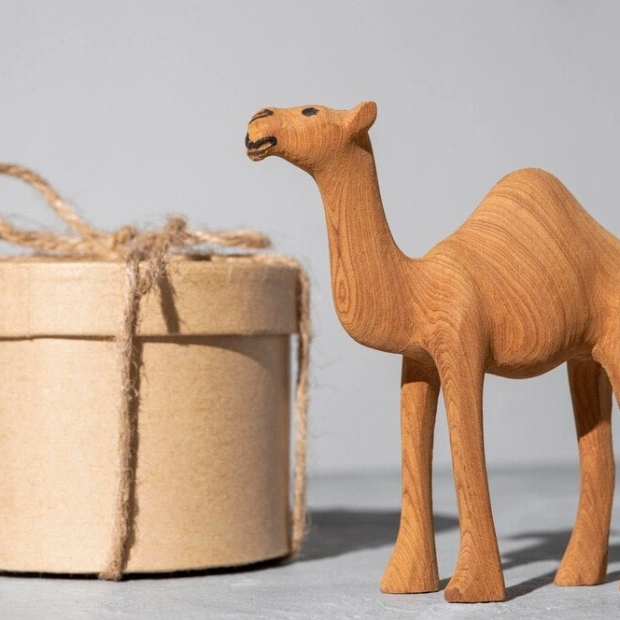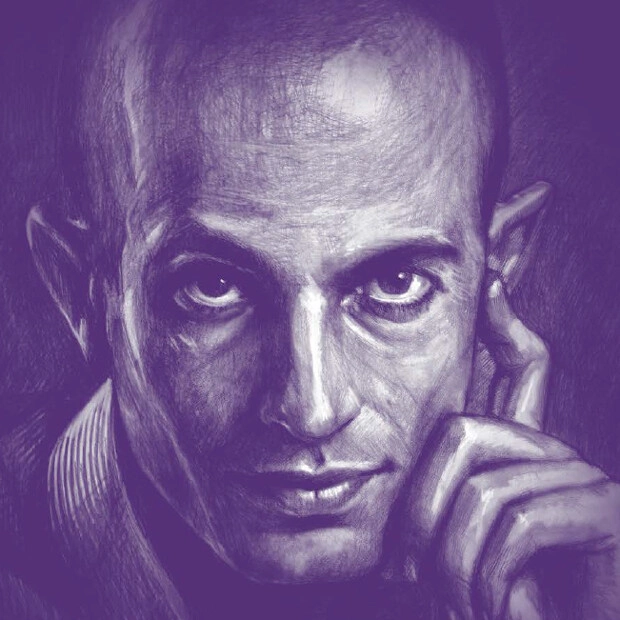We are all frightened today, even those parading their COVID-19 dissidence to protect their mental health. Nonetheless, some get up in the morning to go to the firing line and return home at the end of the day to get some rest, unable to hug those they love. Today the world is being saved by medics. Irina Presler, a Nurse Practitioner at Manhattan VA Medical Centre, NY Harbor Healthcare System, dwells on how the COVID-19 pandemic has changed everything.
America was unprepared even though epidemiologists had alerted against the threat long ago. I'm sure the government could have stocked up at least sufficient supplies of protective outwear and filter masks for medics. I know that Dialysis and ALV Machines are very costly, but at first medical personnel had to wear plastic bags instead of special protective gear, which no doubt should have never happened. With the lockdown imposed, the influx of COVID-19 patients has been going down. In the last few days, some beds in the infectious disease wards have even become vacant. Before that, we had to reanimate sufferers as if on a conveyor belt.
President Trump said it was no big deal as just a few people would go through the illness. Unfortunately, he took no heed of what health professionals had to tell him. COVID-19 is by no means just a kind of the usual flu. It's a new species, a viral cell structure mutating all the time. The human body is unprepared to deal with it, and there's no vaccine to kill it yet. The virus is very contagious and can survive in the air for a few days. Just like my colleagues, I've never come across such a severe disease in all my 20‑years' practical experience. We can compare it to Spanish influenza but not the common seasonal flu.
Hardly had COVID-19 appeared when many myths grew around it. One is that smokers are at a lesser risk of being infected. In the meanwhile, the whole Europe smokes tobacco, but it has not prevented, say, thousands of Italians from catching the virus and suffering greatly. The truth is we've got no sufficient evidence to prove one way or the other. At first, many also tried to catch at the proverbial straw thinking the SARS-CoV-2 mortality rate comparable to that of the usual flu. It's just another myth, and my 20‑year-long practice proves it. I worked at the hospital during the EVD and the bird flu outbreaks, and it was nothing like COVID-19. Back then, there was a lot of discussion and preparation though I myself never had to deal with such patients.
I feel hurt seeing people, wishing to keep their peace of mind, cling to myths and toy with conspiracy theories. An acquaintance of mine, a an asymptomatic case, once said, “I feel fine. All that's just clowning and circus!” Exactly what is clownery? The patients I visit daily wearing a kind of space armour? People asphyxiating, coughing, and spitting out their lungs? It's beyond me! If you're young and have no concomitant diseases, lucky you are!
The biggest problem is the high-risk groups — hypertensive and diabetic patients as well as obese individuals — constituting 70 % of severe cases and lethal outcomes in NYC. When they come for help, we hospitalize them. Obesity alone makes it hard to breathe normally, overweight compressing the respiratory tract. Such patients often have to sleep wearing masks pressuring oxygen into their lungs. COVID-19 is extremely virulent for them. In the case of severe dyspnea, we test their saturation level. With the oxygen level below 80–85 % (other countries have their own standards), the only solution is ALV. Patients with no chronic diseases we treat out-patiently, helping them to get rid of their symptoms.
All effects of this worldwide disaster are still unknown. The internal organs' functions cannot normalize as quickly as one recovers. Blood coagulability, erythrocytes, and hemopoiesis affected, the consequences are complicated and many stage. Blood clots can block the arteries and get into the brain, the heart, the kidneys, the liver, and the pedal vasculature. Bilateral pneumonia hits the lungs saturating blood with oxygen for all organs.
Even using gloves, masks, and goggles, medics get infected and die too. Putting on the protective gear takes time, while sometimes we have only a few seconds or minutes at best to save a life. So we have to hurry. On the ward premises, we wear overalls, filter masks, and double plastic outerwear. We have to be extremely careful and often wash our hands with soap. A healthy lifestyle, abstaining from tobacco, and, if possible, sports are also advisable. After the pandemic, everyone should spend more time outdoors and mind the hygienics to avoid a possible second wave.
We feel as if on the line of fire, and, as is usual in the battlefield, we see both valour and fear. Not everyone is stress-resistant, and at times one's psyche fails to cope with psychological loads. Many, who I know personally, are afraid. Feeling a bit unwell, they left for 2 months after 25–30 years of work. Some have filed for temporary disability, a 2–3‑month option available in the US. Others have resigned or are still absent after recovery while some get depressed and lock themselves in for a good weep.
First, we were shocked and at a loss, having no ready solutions. Then we realized it would be a long story. You can sit tight and wait it out for a couple of days or even weeks, but not for months. If it has to be done, so be it! Many have recovered and stepped back into the ranks. They are real fighters!
Those in the ranks do their best to support one another. Pressed for time, we still crack jokes and take care of each other. Sometimes we replace weary colleagues to let them catch some fresh air as the respirators graze our faces forming very painful pressure sores and burning sensations. Nonetheless, we put the masks on and get back to work. When I was ill, I felt so pleased to receive my comrades' calls and e-mails. Some texted me or sent encouraging postcards, flowers, and chocolate while others, knowing I was unable to go out, ordered food delivery for me. In the meantime, total strangers make donations and send us masks via the Internet. Such tokens of appreciation and care are so important today!
70 % of American hospitals are private, and 30 % are federal. I am with a federal one serving veterans. In this crisis, we naturally receive all patients regardless of their medical insurance. The government is sure to cover the poor people's costs. In the meantime, we provide all with the necessary medical care.
Today we stand together against the calamity, and mutual support is invaluable. Many are offering help, while lots of volunteers from other states have joined us on the frontline. There are catering kitchens near many hospitals. People make donations, and food for medics is cooked and delivered in the 24 / 7 mode. When I meet my neighbours, returning home in my uniform, they always say thank you. Public support is precious!
More and more COVID-19 patients recover. One of them is Mariya Nikanorovna Rubinova-Lychagina, my 96‑year-old Granny. At the age of 18, she became a medical assistant and saved many wounded soldiers on the WWII’s lines of fire. Her unit went as far as Rumania. My family is very proud of her as she survived in the war and went through this ordeal too. Despite her advanced years and minor heart problems, Granny recovered thanks to her good genes and optimal health.
I have no idea how long the pandemic may last, but now my life is nothing like it has ever been before. I come home after my shift, take off everything for disinfection, and take a hot shower. I have meals in my bedroom. I cannot see my sons and my boyfriend. I cannot hug or sit at the same table with my dearest and nearest as I realize the danger of communicating the disease to them.
Today's my day off. I am having a rest, isolated in my room. Tomorrow I must be at the tip of the spear again. That's a given!
Special thanks to my hero in this crisis — Dr. David S. Goldfarb, M. D., Professor of Medicine & Physiology, NYU School of Medicine; Clinical Chief, Nephrology Division, NYU Langone Health; Chief, Nephrology Section, NY Harbor VA Healthcare System!
